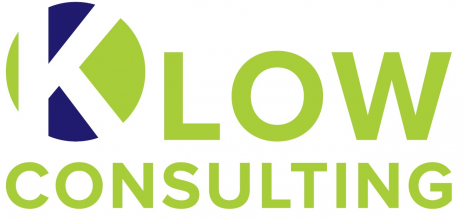How to avoid a last-minute panic when bidding for a tender

You have found a tender that your company would be perfect for – fantastic! But the deadline is tight and now you’re racing against time to submit the tender. To avoid a last-minute panic when bidding for a tender, follow our Top 10 Tips: Read tender documents carefully Download all the documents provided on the […]
Getting ‘tender ready’ in tough times

Every industry is experiencing major changes as we continue to adapt to a new way of life thanks to the Coronavirus pandemic. Unsurprisingly, this has had an impact on the amount of tender opportunities that are currently available. For example, lots of tender opportunities that were expected to come out in March and April have […]
To Bid or Not to Bid: A Step Towards Winning a Tender

The tender process is often complex and requires close attention to the contract requirements and your organisations’ suitability to a contract. As part of our services at K Low Consulting, we help clients to make a ‘bid or no bid’ decision in the initial stages of bidding. This often includes evaluating compliance and eligibility, commercial […]
How to present an accessible healthcare service in a tender

Accessibility in healthcare has been described as a ‘global challenge’. As a prominent challenge that many healthcare providers face, developing and maintaining an accessible service for patients is an ongoing issue across the healthcare industry. Regularly, healthcare tenders have a question centred solely or partially around accessibility. Therefore, answering this question to demonstrate how your […]
How do I write an equality and diversity answer on a tender?

Have you ever wondered how to get maximum marks on an Equality & Diversity question on a tender? The answer is simple. The key to an effective Equality & Diversity answer is to improve your approaches to Equality & Diversity within your workplace, offer as many Diversity initiatives that you can and build a stronger […]
